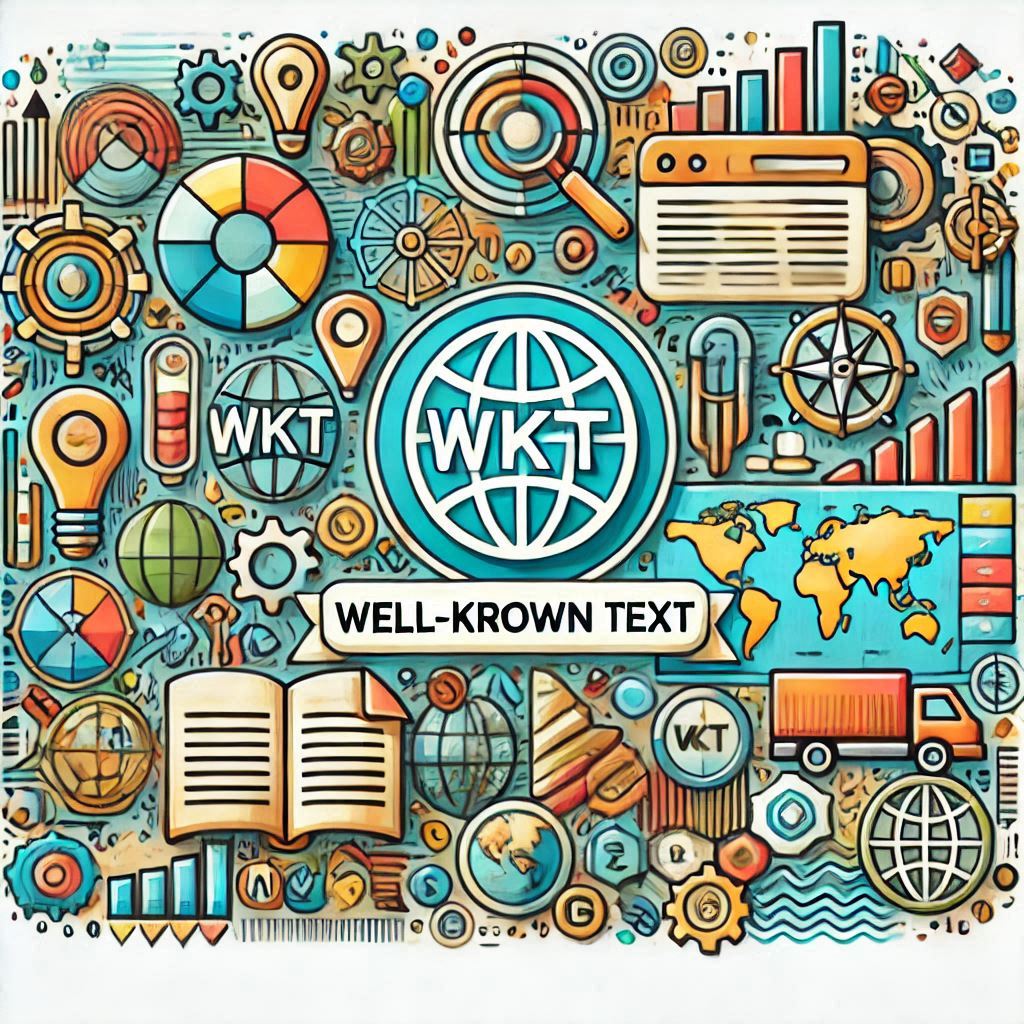What is WKT?
Well-Known Text (WKT) is a standardized text format used to represent geometric objects such as points, lines, and polygons. It provides a human-readable and compact way to convey the spatial properties of these objects. WKT is widely used in Geographic Information Systems (GIS) to exchange geospatial data between different systems and applications.
Why is WKT Important?
- Data Interoperability: WKT enables seamless data exchange between various GIS software and platforms, ensuring consistency in spatial data representation.
- Data Storage and Retrieval: WKT offers a compact and efficient way to store and retrieve geometric information in databases and other data repositories.
- Data Analysis and Visualization: WKT can be used to analyze and visualize spatial data, providing insights into spatial relationships and patterns.
- Geospatial Programming: WKT is often used in programming languages like Python and Java to create and manipulate geometric objects.
Basic WKT Syntax
WKT follows a specific syntax to define geometric objects:
- Point:
POINT (x y) - LineString:
LINESTRING (x1 y1, x2 y2, ...) - Polygon:
POLYGON ((x1 y1, x2 y2, ..., xn yn, x1 y1))
Example of WKT for a Polygon
POLYGON ((-122.35 37.78, -122.38 37.78, -122.38 37.76, -122.35 37.76, -122.35 37.78))
This WKT string represents a polygon with the following vertices:
- (-122.35, 37.78)
- (-122.38, 37.78)
- (-122.38, 37.76)
- (-122.35, 37.76)
- (-122.35, 37.78)
Exploring WKT Further
To delve deeper into WKT, consider these topics for your blog post:
- WKT and Coordinate Reference Systems (CRS): Explain how WKT can be combined with CRS information to accurately represent spatial data.
- WKT and Geospatial Databases: Discuss the role of WKT in popular geospatial databases like PostGIS and GeoServer.
- WKT and Web GIS: Explore the use of WKT in web mapping frameworks like Leaflet and OpenLayers.
- WKT and GeoJSON: Compare and contrast WKT with GeoJSON, another popular format for representing geospatial data.

